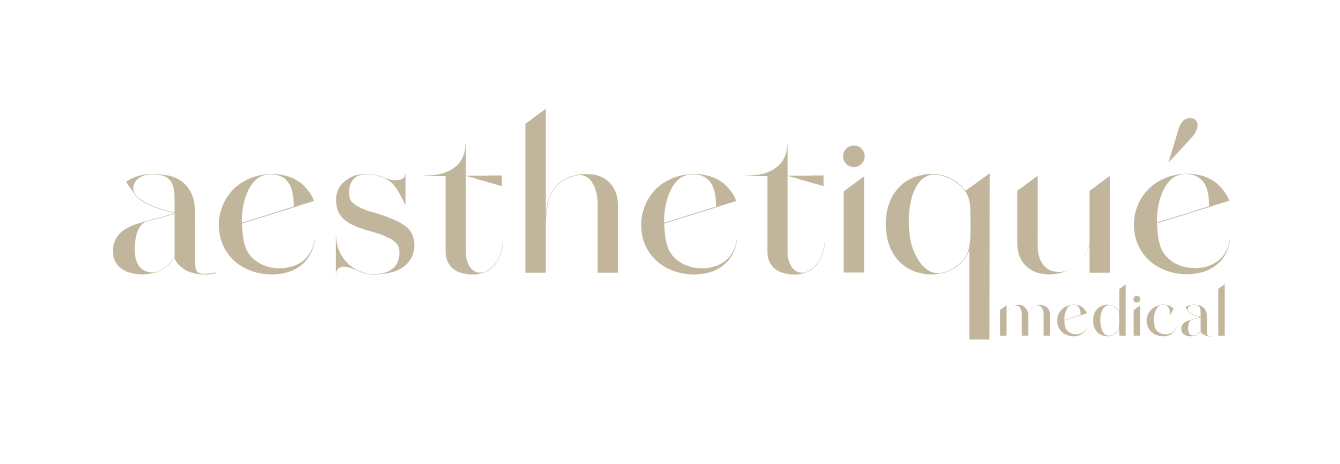Service Menu
PRP
PRP Skin Treatment
PRP stands for Platelet Rich Plasma, which is a type of cosmetic treatment that can be used to rejuvenate the skin. PRP therapy involves taking a small sample of your own blood and processing it to concentrate the platelets, which are then injected into the targeted areas of the skin. The platelets in PRP contain growth factors that stimulate the production of collagen and other proteins in the skin, promoting cellular repair and regeneration. This can help to improve the texture, tone, and overall appearance of the skin, as well as reduce the appearance of fine lines and wrinkles. PRP can be used for general skin rejuvenation, or for a more targeted approach to areas of concern.
PRP Hair Treatment
PRP therapy can also be used to promote hair growth and regeneration by stimulating the hair follicles and increasing blood flow to the scalp. This can help to improve the thickness and density of the hair, as well as promote new hair growth in areas of thinning or balding. PRP therapy is a minimally invasive procedure that can be an option for people wanting to explore non-surgical hair restoration options.
Key Benefits
- Stimulates collagen production for smoother, more youthful-looking skin
- Improves skin texture and tone
- Reduces the appearance of fine lines and wrinkles
- Minimally invasive
- Can be used for various areas of the face and body
- Uses your own blood
- Can be used to promote hair growth and increase hair density
- Can help rejuvenate the under eye area, especially with dark circles and crepey skin
- Improves skin clarity
- Reduces the appearance of scars and stretch marks
Treatment Areas
- Under eyes (dark circles and crepey skin)
- Face
- Neck
- Décolletage
- Hands
- Scalp for hair restoration
- Scars
- Stretch marks
General Questions
How many treatments are required?
The number of PRP treatments needed to achieve desired results varies depending on individual factors such as skin condition and concerns. Generally, optimal results can be achieved in the recommended three treatments, spaced 3 weeks apart, although this can vary depending on the treatment area and severity of concerns. To maintain results, annual maintenance treatments are recommended.
What concerns are best treated with PRP?
- Hair loss/thinning
- Fine lines and wrinkles
- Acne scars
- Dark circles and crepey under eyes
- Uneven skin texture and tone
- Sun damage
- Hyperpigmentation
- Stretch marks
- Sagging skin
- Dull skin
Am I a good candidate for PRP?
Good candidates for PRP cosmetic injections are individuals who want to improve the appearance of their skin, hair, or other areas using a natural and minimally invasive treatment. They should be in good overall health, not be pregnant or breastfeeding, not have any autoimmune diseases or cancer, and not be taking certain medications. They should also have realistic expectations and be willing to undergo multiple treatments for optimal results.
How long does it take to see results?
It may take 2-3 weeks to start seeing results after your PRP treatment, and the effects will continue to improve over the following months. Collagen production is stimulated by the treatment, and new collagen should begin to develop around 12 weeks after the initial treatment.
How long will the results last?
PRP treatment’s longevity and effects may be influenced by your general health and lifestyle as the serum is derived from your own blood. Collagen rebuilds in the weeks and months following the treatment course. Results can never be guaranteed, but in optimal settings with appropriate maintenance sessions and skincare, some people experience results that can last up to 18 months.
What are the contraindications for PRP?
PRP is not recommended for certain individuals, including pregnant or breastfeeding women, those who wish to conceive, people with autoimmune diseases or any type of cancer, patients taking anti-coagulation medication, individuals with cosmetic implants in the treatment area, and those with broken skin or acne in the treatment area.
What can I expect during the treatment and how long does it take to complete?
During PRP treatments, local anaesthetic is used to numb the injection sites and minimise any discomfort that patients may experience. Although some treatment areas may be more sensitive than others, the use of anaesthetic usually makes the treatment quite comfortable for most patients.
Treatment can take anywhere from 20-45 minutes depending on area being treated.
What is the downtime?
After PRP treatments, there is minimal downtime required, and patients can resume their daily activities immediately without the need for time off work. However, bruising and swelling can be expected which can be covered within makeup after 24 hours.
What is the aftercare post PRP
- Avoid touching or rubbing the treated area for at least 24 hours after the treatment
- Keep the treated area clean and avoid applying any makeup or skincare products for at least 24 hours after the treatment
- Avoid direct sun exposure and wear a hat or sunscreen when outdoors for at least a week after the treatment
- Avoid strenuous exercise or activities that may cause sweating for at least 24 hours after the treatment
- Do not take any anti-inflammatory medications (such as aspirin or ibuprofen) for at least 24 hours after the treatment, unless prescribed by your doctor
- Apply ice packs to the treated area to help reduce swelling and bruising if necessary
- Drink plenty of water and keep your body hydrated to promote healing
- Follow any other specific aftercare instructions provided by your medical practitioner
